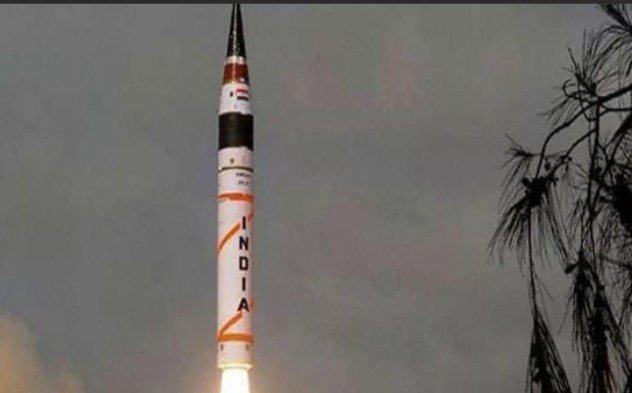Operation Sindoor: India Adapts Chinese Missile Tech to Enhance Astra Mark-2
Recovered Chinese PL-15E missile provides key technology to boost India’s indigenous air to air missile capabilities
New Delhi, Oct 18 : The Defence Research and Development Organisation (DRDO) has embarked on a major effort to modernise India’s Astra Mark-2 air to air missile by integrating advanced technologies gleaned from a Chinese missile recovered on Indian soil. The unexploded Chinese PL-15E missile, launched by a Pakistani aircraft during Operation Sindoor in May, has become a valuable source of intelligence, allowing Indian researchers to study cutting-edge foreign weaponry firsthand.
Unexploded Missile Recovered During Operation Sindoor
On May 9, a Chinese PL-15E missile reportedly fired from a Pakistan Air Force JF-17 or J-10C fighter was found near Hoshiarpur, Punjab. The missile failed to acquire its target and fell inside Indian airspace, remaining unexploded due to the absence of a self-destruct mechanism found in Indian missiles.
Astra Mark-2 To Incorporate Advanced Features
Though DRDO has kept full details under wraps, preliminary analyses reveal several capabilities from the Chinese missile that will be incorporated into Astra-II, including:
Miniature AESA Radar: A lightweight, high-precision Active Electronically Scanned Array radar.
Advanced Propellant: Capable of sustaining speeds above Mach 5.
Sophisticated Anti-Jamming Abilities: Enhancing target acquisition and resistance to electronic interference.
The integration of these technologies is expected to significantly improve Astra Mark-2’s range, accuracy, and overall competitiveness against regional air threats.
Strategic Context: Responding to Regional Threats
The recovery and study of the missile come amid Pakistan’s ongoing arsenal expansion, including extended-range Chinese PL-17 missiles, Turkish kamikaze drones, and other advanced systems. India, in response, continues to strengthen its indigenous missile programs and augment air superiority through platforms like BrahMos, Rampage, SCALP, and the next-generation Astra-II, alongside acquiring additional Meteor missiles for its Rafale fleet.
Ceasefire Violations Highlight Regional Risks
Indian security analysts have noted repeated ceasefire violations by Pakistan, including kamikaze drone attacks and rocket fire in Jammu and Rajasthan post-ceasefire. Authorities warned that while India exercised restraint during the May 10 infractions, future violations would prompt a decisive response.
The DRDO’s reverse-engineering initiative underscores India’s focus on maintaining a technological edge in the region, using lessons from recovered foreign missiles to advance the country’s indigenous defence capabilities.




